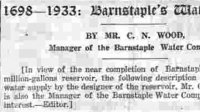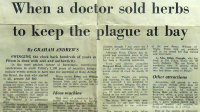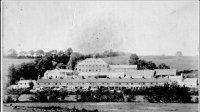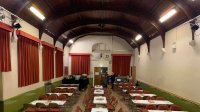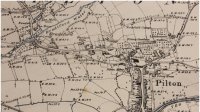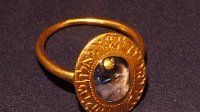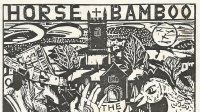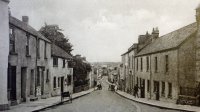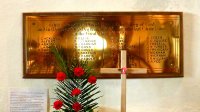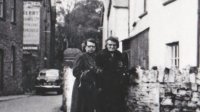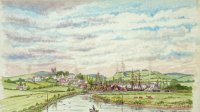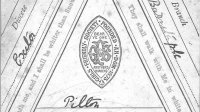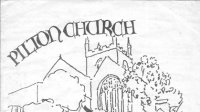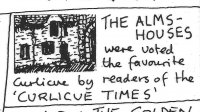Documents
DEVON ARCHAEOLOGICAL SOCIETY PAPER ON A MEDIEVAL GOLD RING FOUND AT PILTON, DEVON
- from: Martin.Haddrill
- uploaded: Oct 2, 2018
- Hits: 201
-
 (0 Likes)
(0 Likes)
'The Prior's Ring' of Pilton was found buried under a tree in a garden close to Pilton Churchyard in 1867. The owner of the site, a Doctor Forrester, took the ring to the British Museum for identification, where it was judged to be probably ecclesiastical and dated between 1100 and 1130. In 1976 the ring was presented to the North Devon Athenaeum for safe keeping by a member of the Chanter family of Barnstaple, to whom the ring had descended from Doctor Forrester.
This is the paper on the ring by John Cherry published by the Devon Archaeological Society in 2016. (Proc. Devon Archaeol. Soc. 74 (2016), 275-278.). The ring is gold with a sapphire stone and is now thought to date from between 1200 and 1300. It has two inscriptions, one in Latin on the underside of the bezel which translates as 'With us is Jesus the Lord', the other in Hebrew on the top of the bezel which translates as 'God Elohim Jehovah Jesus may be with us'. The sapphire is egg-shaped, probably came from Arabia or Persia, and has been drilled and the hole filled with gold. Sapphires are thought to have had an amuletic property (meaning had the qualities of a charm) and were favoured in the medieval period for treatment of diseases of the eye. They were often used in bishop's rings.
It was concluded that the ring was probably commissioned in the thirteenth century for an apostate Jew (one no longer practising as a Jew) or by a learned Christian who wished to display his knowledge of Hebrew and had a strong belief in the amuletic power of sapphires. It seems likely that the ring was buried behind St Mary's Church, Pilton, at the dissolution of the religious house of Pilton in around 1536.
The ring is owned by the North Devon Athenaeum and is displayed in the Guildhall in Barnstaple.
Many thanks to John Cherry and the Devon Archaeological Society for writing and publishing the paper.




